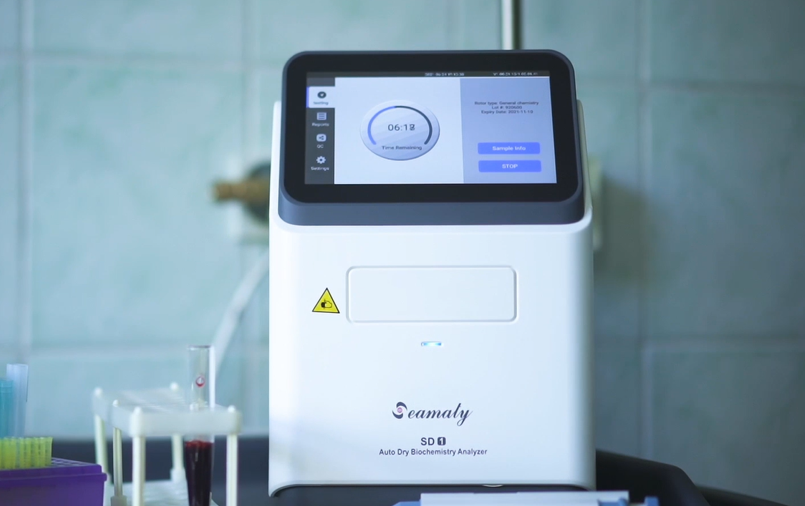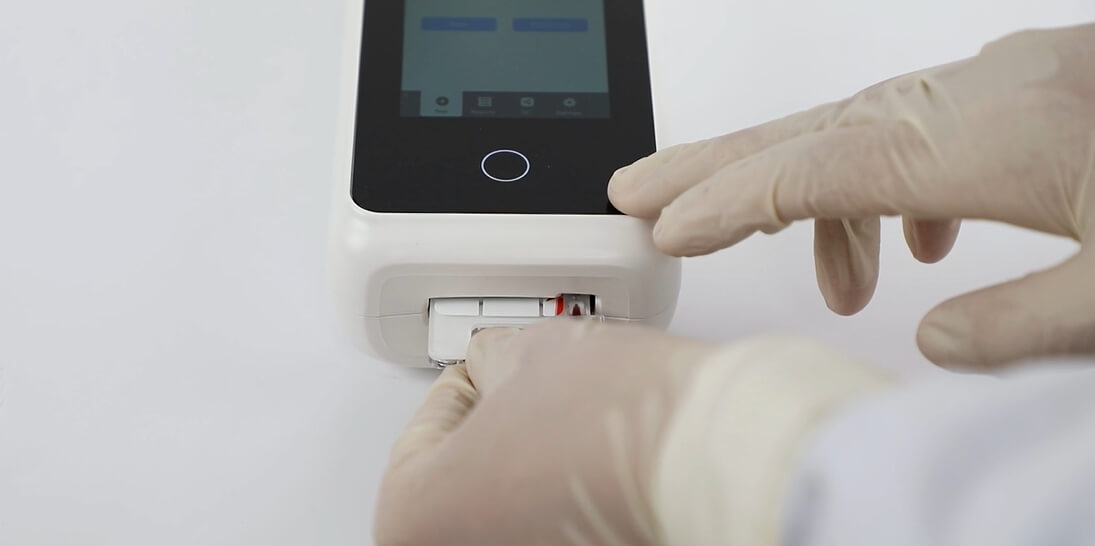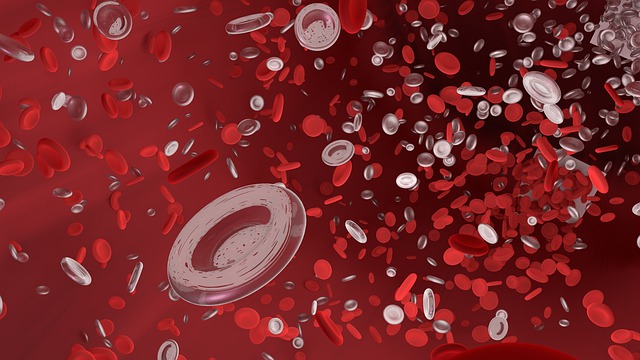Sterilisation is the physical or chemical removal of all microorganisms (including budding spores) from
medical devices, dressings and other objects to a level of sterility in order to avoid the occurrence of infections and the spread of disease caused by medical devices during use.
Sterility is the probability of survival of a single microorganism after sterilisation, also known as the Sterility Assurance Level (SAL), and is usually expressed as 10-n. Currently, the consensus is that a SAL of 10-6 is the level of sterility.
Sterilisation of medical devices can be effective in preventing hospital-acquired infections and reducing the rate of hospital-acquired infections. Medical devices that come into contact with human tissue, organs, broken skin and broken mucous membranes are high risk items. Common high risk items include: puncture needles, biopsy forceps, laparoscopes, implantable medical devices, etc. These items pose a high risk of infection and must be sterilised before use.
Common sterilisation methods include: autoclaving, plasma sterilisation with hydrogen peroxide, ethylene oxide sterilisation, ionising radiation sterilisation and dry heat sterilisation. Comparison of sterilisation methods, principles, applications, advantages and disadvantages
1. Autoclaving
The principle of autoclaving is to kill microorganisms by irreversibly coagulating and denaturing their enzymes and proteins.
Autoclaving is mainly used for the treatment of water, pharmaceuticals, regulated medical waste and non-porous items with surfaces that are in direct contact with steam. For perforated loads and instruments, the typical sterilisation temperature and time are 132-135°C for 3-4 min. The commonly used sterilisation temperatures are 121°C and 132°C.
The advantages of autoclaving are that it is non-toxic, environmentally friendly and the process can be easily controlled and monitored. This sterilisation method is fast and effective. The sterilisation process is minimally affected by organic or inorganic contaminants, the sterilisation cycle time is short and the sterilisation process can effectively penetrate instrument packs and lumenal medical devices.
Autoclaving is damaging to heat-sensitive instruments. Repeated sterilization exposure can damage delicate surgical instruments, may cause rusting of instruments due to wet packs and potential risk of scalding.
2. Hydrogen peroxide plasma sterilization
The principle of hydrogen peroxide plasma sterilisation is to exploit the high oxidising activity of hydrogen peroxide plasma. It kills microorganisms by destroying cellular proteins, enzymes and nucleic acids.
Plasma sterilisation with hydrogen peroxide can be used to sterilise medical devices that are not heat or moisture resistant.
Hydrogen peroxide plasma sterilisation has the advantage of being safe and environmentally friendly. There are no toxic residues, the sterilisation cycle is 28-75 min and no analysis is required. This method is suitable for sterilising heat and moisture sensitive items, is easy to operate, install and monitor and is compatible with most medical devices.
However, this method is not suitable for paper fibres, cotton and linen and liquid items. The small size of the sterilised chamber (50-270 L) does not allow for the use of lumens or medical devices with long and thin lumens, which require synthetic packaging (e.g. polypropylene packaging or polyolefin tubing bags). Hydrogen peroxide may be toxic at doses above 1 ppm.
3. Ethylene oxide gas
Ethylene oxide induces cell death by alkylating proteins, DNA, RNA and irreversibly preventing normal cell metabolism and replication. This method of sterilisation can be used for high or medium risk items that are not resistant to moisture or heat.
This method can be used to sterilise heat and moisture sensitive medical devices without harmful effects on their materials. It can effectively penetrate packaging materials and tubular medical devices. Single dose cartridge and negative pressure operation. Reduces the risk of gas leakage and is easy to handle and monitor. Compatible with most medical devices.
However, this method of sterilisation is costly and potentially hazardous to patients and medical personnel. Requires long time resolution to remove ethylene oxide gas residues. In addition, the sterilisers are small (110-250L), toxic, carcinogenic and flammable, and the tanks must be stored in explosion-proof storage cabinets. Long sterilisation cycles and analysis times are required.
4. Ionising radiation sterilisation
Effective sterilisation factor with gamma radiation emitted by the radioisotope cobalt 60. Gamma radiation induces the production of free radicals in cells, disrupting normal metabolism and leading to the inactivation of micro-organisms. This method can be used for the low temperature sterilisation of many medical products (e.g. tissue grafts, pharmaceuticals, medical devices).
This sterilisation method has no special requirements for the temperature environment and can be carried out at room temperature. The sterilisation is uniform and complete, fast and continuous. It is suitable for mass sterilisation. However, the cost of sterilisation is high and the nature of some products may change after radiation, so be aware of safety issues.
5. Dry heat sterilisation
Dry heat sterilisation is the death of bacteria through the oxidation of cellular components at high temperatures. It can be used for materials that are not resistant to moist heat or cannot be penetrated by moist heat (e.g. powders, petroleum products, sharp instruments). The most common times and temperatures are 170 °C and 60 min, 160 °C and 120 min and 150 °C and 150 min.
This sterilisation method is non-toxic, environmentally friendly and the dry heat cabinet is easy to install. It is relatively inexpensive to operate, penetrates materials and is non-corrosive to metals and sharp objects. However, this method is slow to penetrate and kill microorganisms and is time-consuming to sterilise. High temperatures are not suitable for most materials.
In addition to the above sterilisation methods, sterilisation of medical devices also involves other sterilisation techniques such as peracetic acid sterilisation, ozone sterilisation, UV irradiation sterilisation, microwave sterilisation, and filter decontamination methods.
As they are less commonly used, they are not summarised in detail in this review. There is a wide range of sterilisation methods and the appropriate sterilisation method should be selected according to the characteristics of the medical device to be treated.



